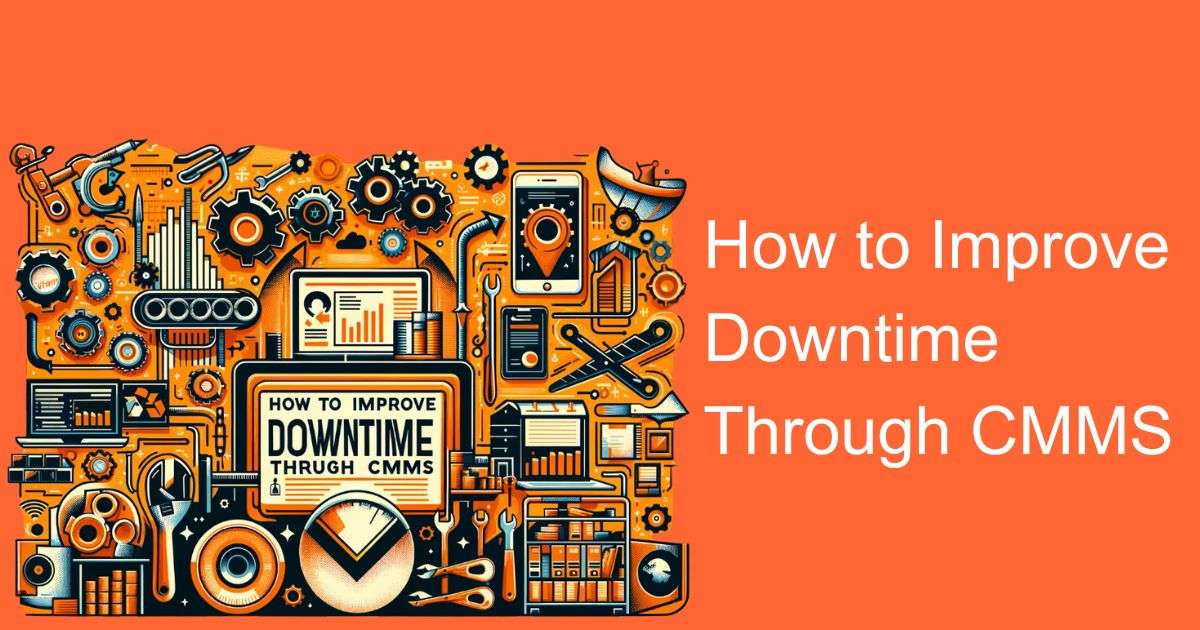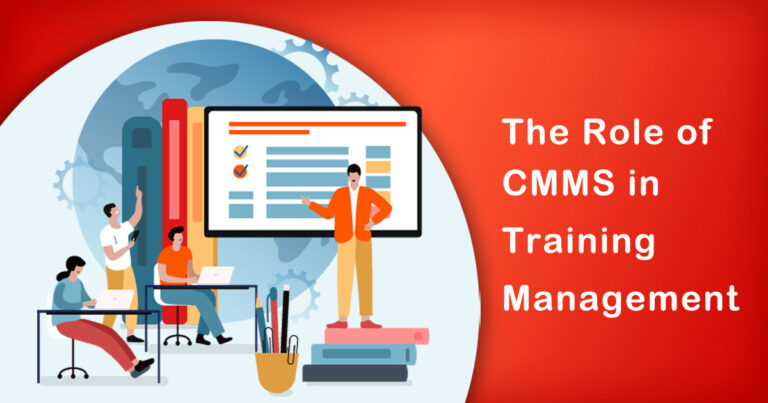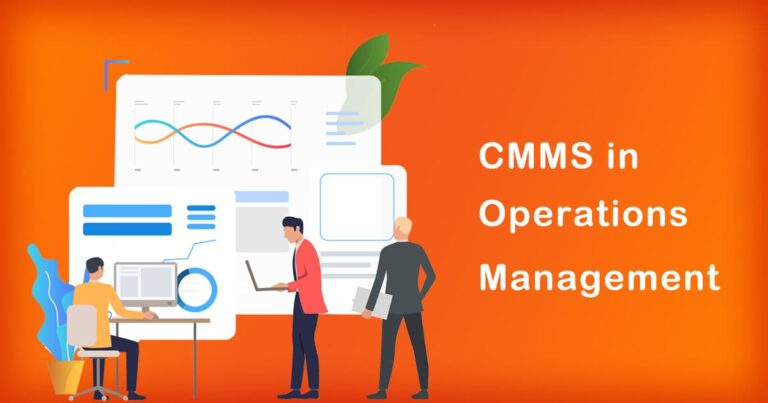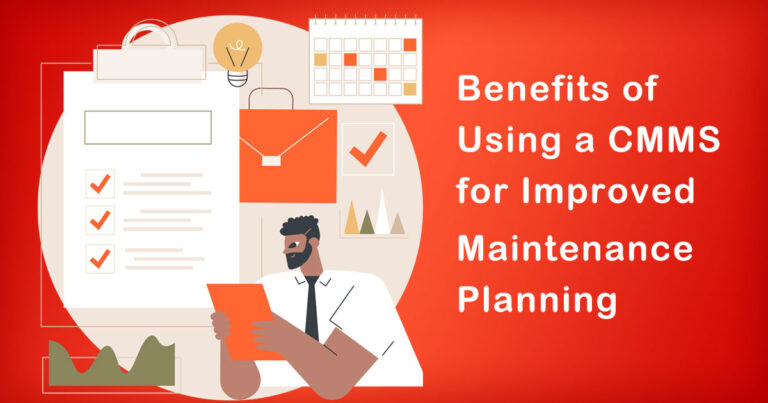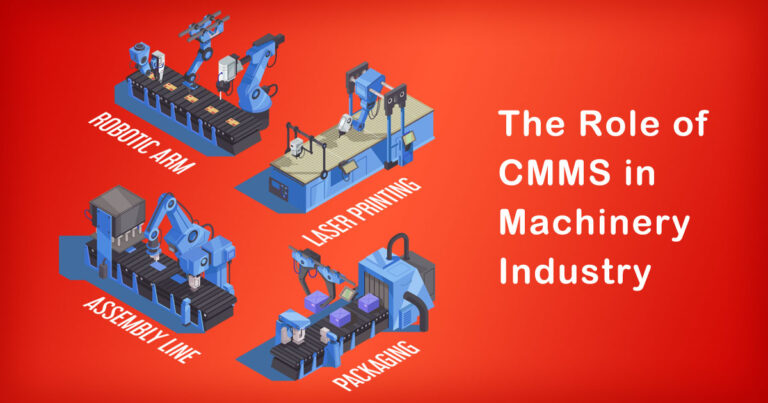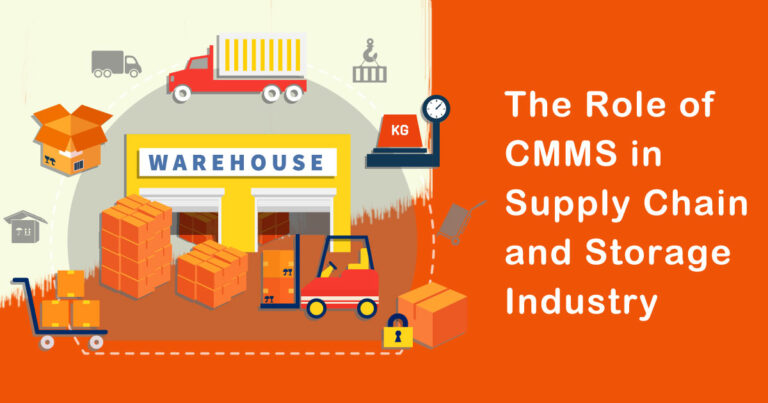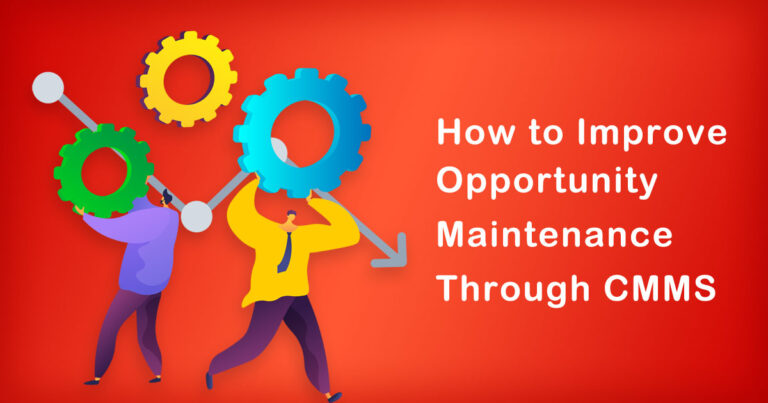Introduction
Downtime is the bane of productivity for any business, and in India’s fast-paced industrial landscape, minimizing it is not just a goal but a necessity. While downtime can result from various factors, one powerful tool that has proven effective in its reduction is a Computerized Maintenance Management System (CMMS). In this editorial, we will delve into how to improve downtime through CMMS and enhance operational efficiency, and boost profitability in the Indian business context.
The Significance of Downtime in Indian Industries
Before we explore how CMMS can improve downtime, let’s understand the gravity of downtime in Indian industries. Downtime is not merely an inconvenience; it directly impacts a company’s bottom line. Here are some key statistics that highlight its significance:
Financial Loss:
According to a study by Vanson Bourne, downtime costs Indian businesses an average of INR 24.7 lakhs ($33,000) per hour. For small and medium-sized enterprises (SMEs), this can be crippling.
Productivity Drain:
The same study reveals that 82% of Indian organizations experience at least one unplanned downtime incident each month, resulting in a substantial loss of productivity.
Reputation Damage:
Frequent downtime can tarnish a company’s reputation, leading to customer dissatisfaction and potential business loss.
What is CMMS?
A Computerized Maintenance Management System (CMMS) is a software solution designed to streamline and automate maintenance operations. It helps organizations manage assets, schedule maintenance tasks, track work orders, and more. In an Indian industrial context, CMMS can be a game-changer for improving downtime. Here’s how:
Predictive Maintenance
One of the key features of CMMS is predictive maintenance. It uses data analytics and machine learning to predict when equipment is likely to fail. By proactively addressing potential issues, companies can avoid unplanned downtime. For instance, if a pump in a manufacturing facility is showing signs of wear, CMMS can schedule maintenance before it fails, saving both time and money.
Preventive Maintenance
Preventive maintenance is about regularly scheduled inspections and maintenance activities. CMMS enables businesses to create maintenance calendars and reminders. For example, in the food processing industry, where machinery must adhere to strict hygiene standards, CMMS can schedule routine cleanings and inspections to prevent costly breakdowns.
Efficient Resource Management
CMMS helps in allocating resources more efficiently. Indian industries often face resource constraints, and proper resource allocation can be a game-changer. CMMS ensures that the right technicians are assigned to the right tasks, reducing downtime caused by mismanagement.
Historical Data Analysis
CMMS stores historical maintenance data, allowing businesses to analyze patterns and make data-driven decisions. By identifying recurring issues and their root causes, companies can take proactive measures to eliminate downtime triggers.
Mobile Accessibility
In the Indian business context, where remote and fieldwork is common, mobile accessibility is vital. CMMS offers mobile applications that enable technicians to receive work orders, update asset status, and access manuals on the go. This real-time information exchange minimizes delays in addressing maintenance issues.
Compliance with Regulatory Standards
Various industries in India are subject to stringent regulatory standards. CMMS can help ensure compliance by maintaining records of maintenance activities, inspections, and audits. This reduces the risk of fines or shutdowns due to non-compliance.
Inventory Management
Downtime often results from unavailability of spare parts. CMMS includes inventory management features that help businesses maintain optimal stock levels, reducing delays caused by waiting for parts to arrive.
Cost Tracking
Indian businesses are cost-conscious, and CMMS allows for accurate tracking of maintenance expenses. This transparency aids in budgeting and cost control, preventing unexpected financial setbacks.
The Road to Downtime Reduction
Implementing a CMMS system may require an initial investment, but the return on investment is significant. To embark on the journey of reducing downtime through CMMS, businesses should:
- Evaluate their needs:
Identify the specific pain points related to downtime and select a CMMS system that addresses those issues effectively. - Train their workforce:
Proper training is crucial for maximizing the benefits of CMMS. Ensure that employees are proficient in using the software. - Regularly update and optimize:
CMMS is not a one-time solution. Regular updates and optimization are essential to stay ahead of evolving maintenance challenges. - Measure and monitor:
Track key performance indicators (KPIs) related to downtime reduction to measure the system’s impact accurately.
Conclusion
In India’s competitive industrial landscape, the battle against downtime is ongoing. Implementing a robust CMMS system can be a strategic move to minimize downtime, boost productivity, and remain competitive. The statistics speak for themselves: CMMS can save businesses significant sums while enhancing their operational efficiency. As Indian businesses continue to grow and evolve, adopting CMMS may well be the key to maintaining an edge in the market and staying ahead of the competition.


